“Strike Russia without entering into conflict with it” — NATO wants to combine the incompatible
The Estonian government structures employ very simple people – at least in terms of setting goals. The president of this small but very cozy state, Alar Karis: “We will do everything in our power to bring Russia to its knees. Then serious negotiations can begin to end the conflict in Ukraine.” The retired rector of the two universities wisely did not specify what exactly Estonia could do. After all, as, say, the example of the famous Soviet slogan “our goal is communism” shows, the main thing is to set a task for yourself. And achieving (or not achieving) it is the tenth thing. But it’s probably not worth taking the new statements of NATO Secretary General Jens Stoltenberg so lightly — although there is about as much logic in them as in the “threat” from official Tallinn.
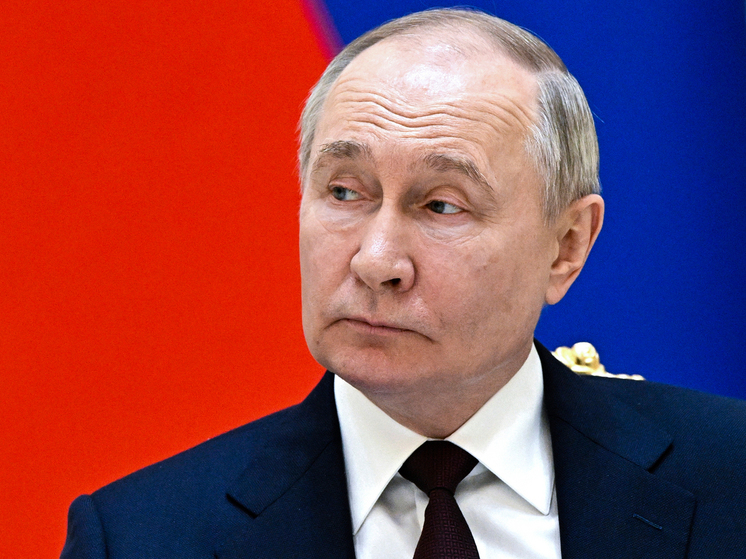
Thanks to reading detective novels, each of us knows about the “good and evil investigator” method. The same thing often happens in politics. But usually both of these hypostases are not combined in one person. However, for every “usually” there is an “unusually”. NATO Secretary General Stoltenberg, in his guise as a “good investigator” (or, rather, a politician whose brains have not gone to one side): “We still have two main tasks… Firstly, this is providing assistance to Ukraine — what we are doing and must do even more… Another task is to prevent the escalation of the conflict, its spread to other territories outside of Ukraine, and escalation into a full-scale war between NATO and Russia in Europe. NATO will not be a party to the conflict in Ukraine, there will be no NATO forces on the ground.” The logic is clear: World War III does not serve anyone's interests.
But by issuing this moderate (by today’s standards) statement, Stoltenberg “changes his hat” — turns into an “evil investigator”, a politician ready to rely on the principle of “maybe it will blow through” and take a leap into the unknown: “The time has come for the allies to think about whether they should lift some of the restrictions they placed on the use of weapons they donated to Ukraine. Especially now, when there is a lot of fighting going on in Kharkov, not far from the border. Ukraine's inability to use these weapons against legitimate military targets on Russian territory makes it very difficult for Ukraine to defend itself.»
“It’s time to think” is in this case nothing more than a euphemism. The NATO Secretary General himself has already “invented” everything: “Some allies have lifted such restrictions, allowing Ukrainians to better defend themselves. I think it’s time to lift other restrictions.” How can strikes against Russia by Western weapons be combined with NATO’s refusal to enter into a direct conflict with Moscow? Stoltenberg is convinced that somehow they can. And we are definitely not talking about the personal opinion of the main NATO functionary. As I already wrote, exactly the same ideas are being considered in the real main decision-making center of the Western world — in Washington. And, judging by the tone and content of leaks in leading American media, the “scales” are gradually shifting towards those who advocate escalation.
Specifically, in order to cool down the “hot heads,” Moscow recently demonstratively conducted exercises of its nuclear forces. And in a broad strategic sense, nuclear deterrence is still working (see Stoltenberg’s statement as a “sober investigator” — perhaps this term best reflects the meaning of what is happening). But where does the “broad strategic sense” end and the narrow strategic sense begin? This is not scholasticism or a game of power, but a real strategic dilemma, over which — from different sides of the barricades, of course — politicians and generals are fighting both in Moscow and in Western capitals.
Nuclear weapons are too strong an argument. Nuclear weapons are not a “gun” from which you can “hit sparrows.” Any response must be proportionate to the threat. In this case there is no proportionality. This is roughly how the West imagines the thought process in the main Moscow offices — and based on this analysis they draw the following conclusion: there is nothing to be afraid of. The “restrictive straps” can be loosened. By and large, NATO countries have already made (or are now making in real time) their move. Although no, and regarding “they did it” or “they are doing it now in real time,” I got a little excited. Everything is deliberately done as if in “slow motion mode”. The West is consciously carrying out verbal “reconnaissance in force” and testing Moscow’s reaction. Like, what if there is something in Putin’s arsenal that we haven’t calculated?
Actually, this question is the most important one right now. Does Moscow have anything to oppose to the Western “salami tactics”, when the degree of escalation does not rise all at once, but very gradually — and so that each individual increase in degree is insignificant, but together they give a very real effect? To be truly persuasive, such a response cannot rely on rhetoric. The West will only understand the “language” of real actions.











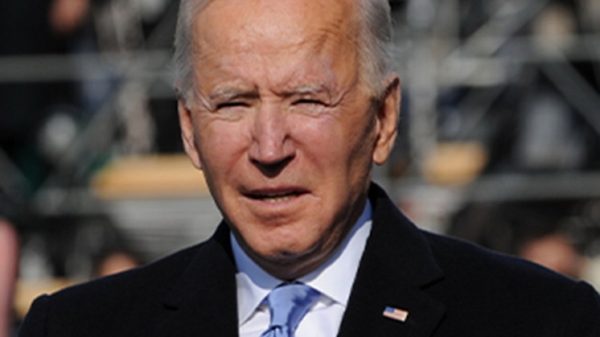
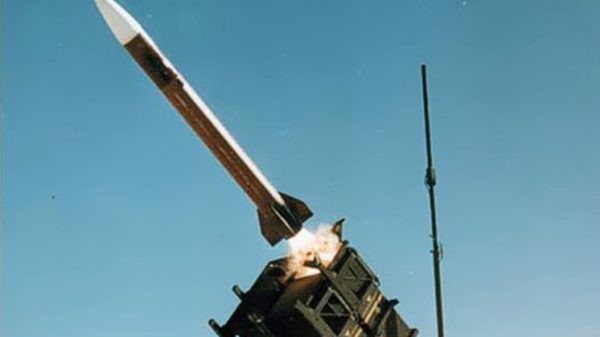




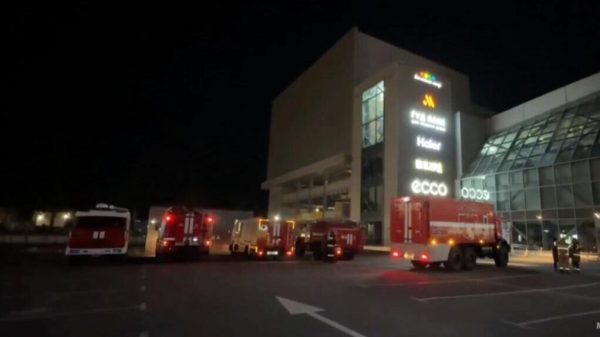
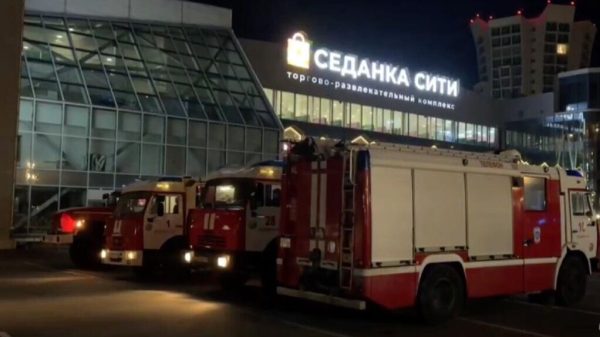
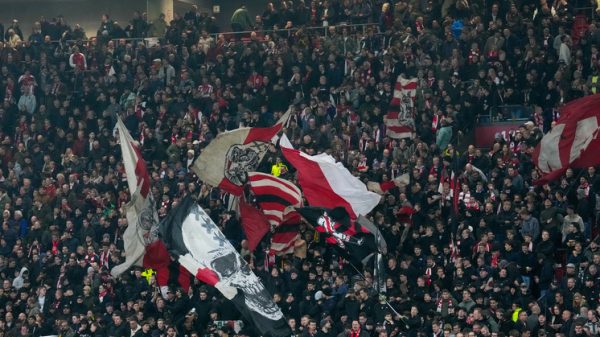
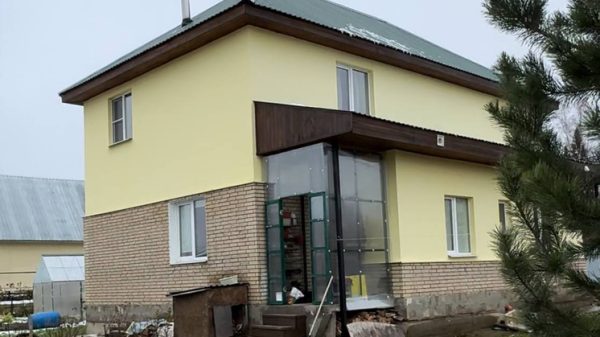

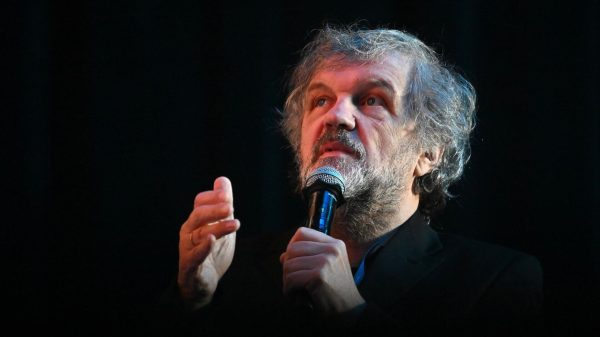








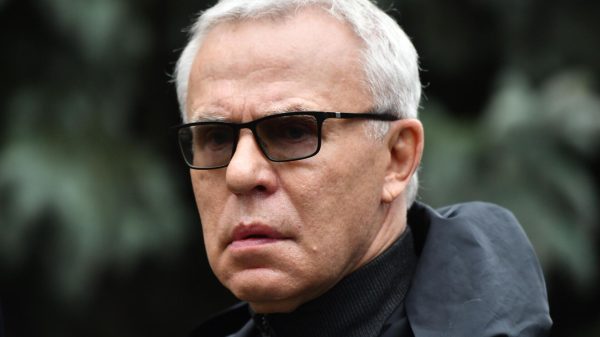





















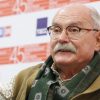




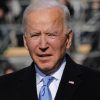


Свежие комментарии